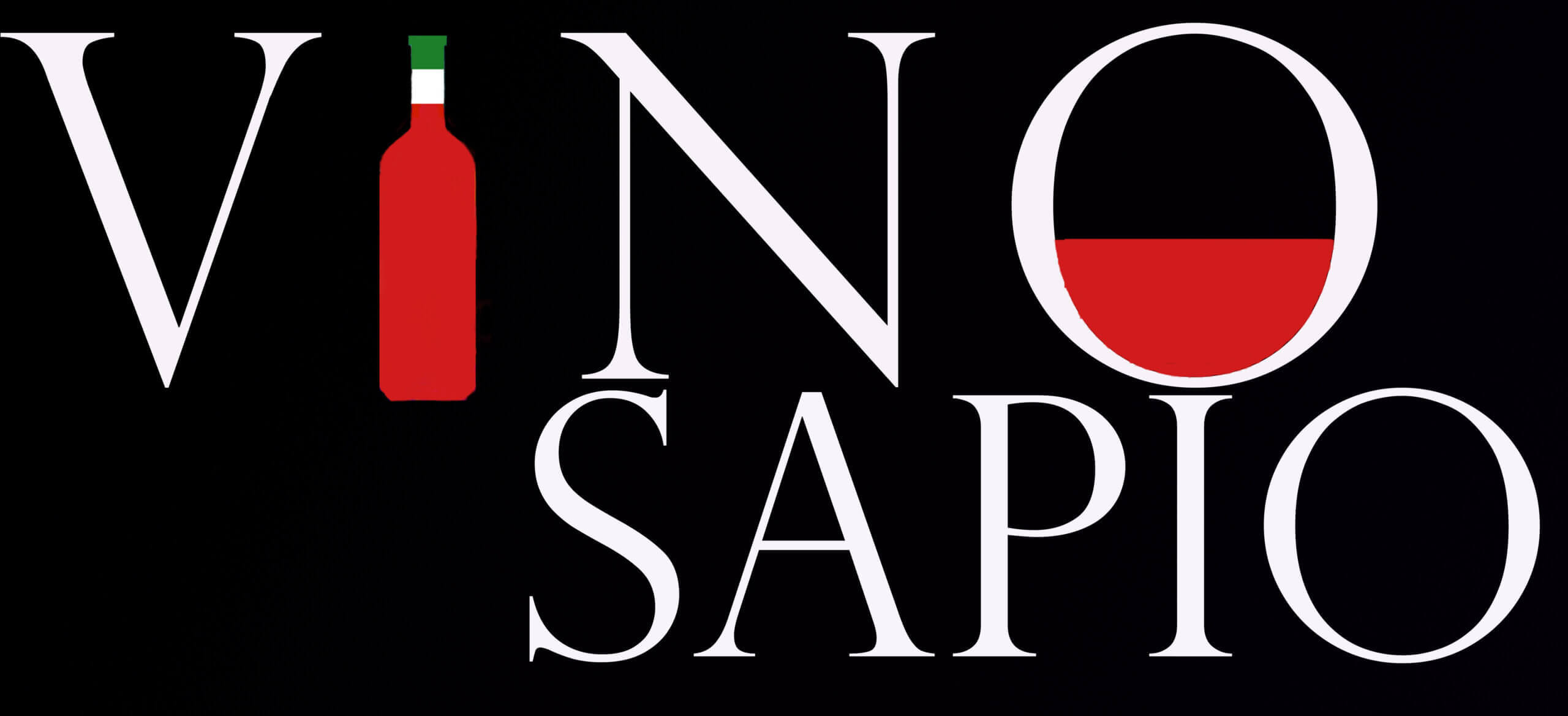The undeniable beauty of Italy’s landscapes is renowned and celebrated worldwide, raising the intriguing question of whether the picturesque vineyards, with their lush greenery and orderly rows, have significantly contributed to the enchanting allure that defines this breathtaking scenery.
According to Professor Luigi Moio from the University of Naples Federico II and president of the International Organisation of Vine and Wine, who graciously answered some questions for us:
“Viticulture has significantly shaped the Italian landscape (says Professor Moio). We have an incredible variety of climatic conditions, from the Alps to Sicily, along with a vast range of geographical contexts and soils, including limestone, volcanic, and clay. There is an extensive diversity of vines that have adapted to these different environments. In contrast, the French ampelographic platform relies on a maximum of a dozen or so international varieties, which have then spread all over the world. In comparison, we have many more, all uniquely Italian.”
How would you define our country?
“I would say that Italy is an open-air museum of vines and farming systems. Humans have developed specific methods for each area. Some regions employ “pergola” terraces, flatter areas utilize a sapling system, and hilly regions adopt row systems such as “Guyot” and spurred cordon. We should take this moment of confinement to reflect on the beauty of our Peninsula. We have often thought about traveling abroad, frequently neglecting our own country, which, as we all know, is the most beautiful in the world.”
Is wine, therefore, beauty?
“Italy is the country of absolute beauty and harmony. Just think of the Sistine Chapel, Michelangelo, Leonardo, Botticelli, cities, villages, mountains, hills, and coasts. The world of wine reflects this beauty, which is sometimes envied abroad. The charm of wine is also attributed to its variability: there are no interchangeable wines that are identical. They are connected to different contexts, as well as to the richness of Italian cuisine. Our gastronomy has unique characteristics throughout the Peninsula, and wine is fundamental, as no other alcoholic beverage in the world pairs as perfectly with food. Wine exemplifies diversity, or rather biodiversity, and many enthusiasts are likely drawn to its “anti-standard” nature in an increasingly uniform and globalized world.”
Which are your favorite wine territories?
“Italy as a land of wine is beautiful everywhere, from North to South. It is undeniable that some regions, over the years, have become sort of a “visiting card,” such as Piemonte and Tuscany, along with Veneto, Trentino, and Alto Adige. However, beyond these well-known areas, there is much more worthy of exploration. I would encourage you to venture into the South-Central regions, starting from Umbria, Abruzzo, Lazio, and Marche with Verdicchio, down to Campania, which in recent years has produced excellent white wines with three key varieties: Fiano, Greco, and Falanghina. And we cannot forget about Puglia, Basilicata, Calabria, Sicily, and Sardinia. Italy is truly remarkable. Wine, which is produced in France in only a few areas, can be cultivated in Italy virtually anywhere. And it’s not just grapes; this country possesses the right climate for high-quality agriculture. Once this crisis is over, Italian agriculture should genuinely receive greater attention from national policy programs.”
Is there a link between wine and the beauty of the area?
“Yes, particularly regarding top-quality wine. A great wine represents a 360-degree aesthetic project. When evaluating a wine, beyond certain minimum requirements, such as flavor harmony and the absence of olfactory defect, the emotional aspect becomes fundamental. Thus, a high-quality wine in a beautiful landscape can taste even better. Essentially, factors related to neuroscience and emotions are involved.”
So, can what is beautiful also be good?
“Exactly; I’ll provide a personal example. In recent years, I have traveled extensively by train to present my book “Il Respiro del vino.” During my travels, while looking out the window, I often listen to classical music through my headphones. I noticed that some areas appear quite neglected. However, with beautiful music in my ears, a less-than-pleasant landscape becomes more tolerable.”
Does beauty influence other sensory aspects?
“Certainly, a beautiful cellar surrounded by a stunning landscape prepares the mind for a positive judgment. The masters in this regard are the French, with their Châteaux de Bordeaux, who pay attention to the slightest details. The Château, a striking residence surrounded by vineyards treated like gardens, creates an atmosphere that conveys pleasure and tranquility, becoming a formidable amplifier of the beauty of wine.”
Can the memory of a landscape also prepare the mind for a positive judgment?
“This is another crucial aspect and one of the reasons why wine regions should be visited even more. If I taste a wine in a beautiful setting, I carry the memory of that wine and location with me. It is as if wine allows us to travel virtually, recalling various places. When I uncork a Napa Valley wine, I immediately think of California. Similarly, those in California tasting an Irpinia wine will reflect on the company and the people who work there. Therefore, it is essential to experience firsthand what lies behind a bottle: the landscape, the vineyards, the cellar, the people, and the emotions evoked. All of this must be presented, illustrated, edited, and communicated to consumers with kindness, extreme simplicity, and authenticity.”
Luigi Moio
He is a full professor of oenology at the Agriculture Department of the Federico II University of Naples and vice-president of the OIV (World Organization of Wine and Vine). For nearly thirty years, he has focused on the sensory, biochemical, and technological aspects of wine and is the author of the best-selling book “Il Respiro del vino.” In 2001, he, along with his wife Laura, founded the Quintodecimo winery in Irpinia.
